Imagine standing under a dark, starry sky when, suddenly, waves of green, pink, and purple light begin to ripple and dance above you.
It feels otherworldly, almost magical. This is the experience of witnessing an aurora, one of nature’s most breathtaking spectacles.
You might have heard of the aurora borealis, also called the northern lights, or its southern twin, the aurora australis. But what exactly are these dazzling displays? Why do they happen, and why do they appear mostly near the Earth’s poles? Let’s take a journey into the science, stories, and sheer wonder of the auroras.
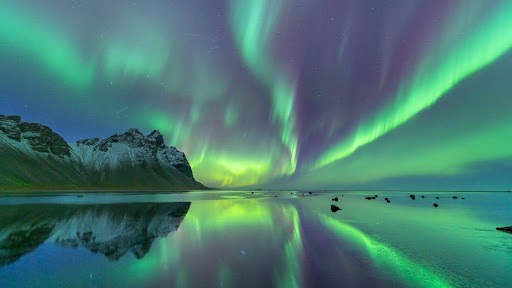
What Are the Northern and Southern Lights?
The aurora borealis (northern lights) and aurora australis (southern lights) are natural light shows that appear in the night sky, mostly near the North and South Poles.
While they look like shimmering curtains or waves of color, they’re actually the result of a cosmic dance between the Sun and our planet.
- Aurora Borealis: Seen in the northern parts of the world—think Alaska, Canada, Scandinavia, and Russia.
- Aurora Australis: The southern lights, visible from places like Antarctica, southern Australia, and New Zealand.
Despite their different names and locations, both are caused by the same fascinating process.
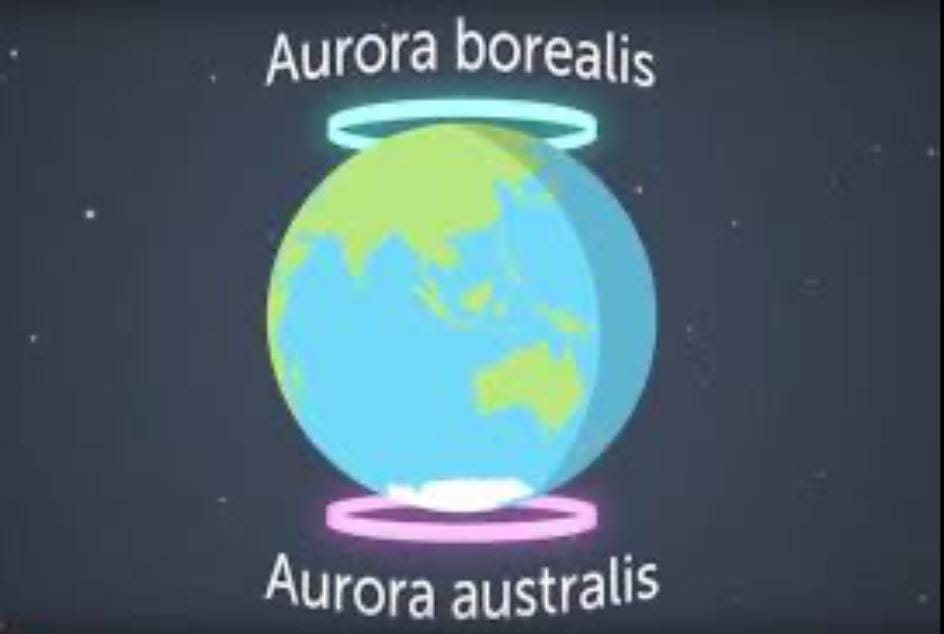
The Science Behind the Magic
The Sun’s Role: Sending Messages Across Space
The story of the aurora begins 150 million kilometers away, on the Sun. Our star doesn’t just shine; it also sends out a constant stream of tiny, charged particles called the solar wind. Sometimes, the Sun gets extra active and blasts out huge clouds of these particles during solar storms.
Earth’s Magnetic Shield: Our Planet’s Invisible Protector
Earth is wrapped in a magnetic field, a bit like a giant, invisible bubble. This magnetosphere protects us from most of the solar wind, but it’s not perfect. Near the poles, the magnetic field lines dip toward the ground, creating “doorways” where some solar particles can sneak through.
The Light Show Begins: Collisions in the Sky
When those charged particles from the sun reach Earth, they follow the magnetic field lines down toward the poles. Eventually, they crash into atoms and molecules high up in our atmosphere, mainly oxygen and nitrogen.
These collisions excite the atoms, giving them extra energy. When the atoms calm down and release that energy, they emit light. That’s the aurora you see dancing in the sky!
Why Are Auroras Seen Near the Poles?
You might wonder why people in Paris or New York don’t see auroras every night. It’s all about our planet’s magnetic field. The field is strongest and most “open” near the poles, so that’s where the solar particles are funneled. This is why the most spectacular auroras happen in high-latitude regions, forming glowing rings called “auroral ovals” around the North and South Poles.
During particularly strong solar storms, these ovals can expand, and people much farther from the poles might get lucky enough to see the lights.
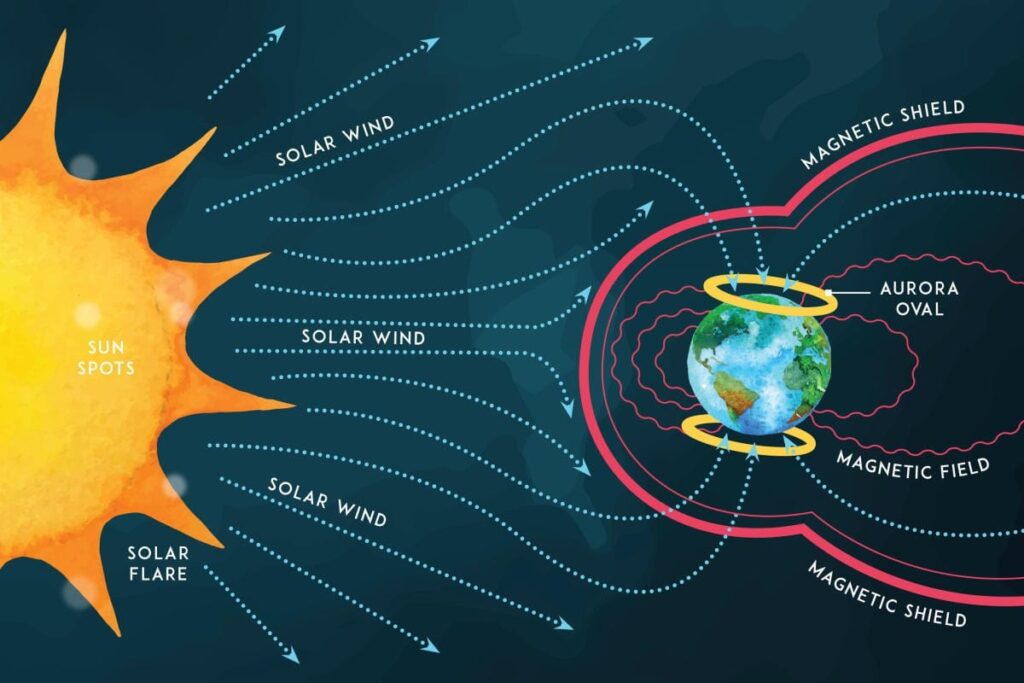
The Colors and Shapes of Auroras
Why Are Auroras Green, Red, or Purple?
The colors of the aurora depend on which gas is being hit and how high up it happens:
- Green is the most common color, made by oxygen about 100–300 km above the ground.
- Red comes from oxygen even higher up.
- Purple, blue, and pink are caused by nitrogen.
Each color tells a story about what’s happening far above our heads.
The Many Forms of Auroras
Auroras aren’t just static glows. They move and change shape, sometimes slowly, sometimes in a wild, flickering dance. You might see:
- Arcs: Long, glowing bands.
- Curtains: Rippled sheets of light, like someone shaking out a blanket.
- Rays: Vertical streaks shooting up into the sky.
- Pulses: Quick flashes or shimmering patches.
Generally, No two auroras are ever quite the same.
Where and When Can You See Auroras?
If you dream of seeing the northern or southern lights, you’ll want to head to the right places:
- Aurora Borealis: Best viewed in Alaska, northern Canada, Iceland, Norway, Sweden, and Finland.
- Aurora Australis: Visible from Tasmania, southern New Zealand, and, of course, Antarctica.
The best time to see them is during the long, dark nights of winter, especially around the equinoxes (March and September). And the farther you are from city lights, the better your chances.
Auroras Beyond Earth
Earth isn’t the only place with auroras. Planets like Jupiter and Saturn, which also have magnetic fields and atmospheres, put on their own versions of these light shows. Even some moons and comets have auroras. Studying them helps scientists learn more about how planets interact with the Sun.
Auroras: More Than Just a Pretty Light Show
Space Weather Warnings
Auroras are more than just beautiful; they’re also a sign that something big is happening in space. The same solar storms that cause strong auroras can disrupt satellites, GPS, power grids, and radio signals. That’s why scientists keep a close eye on the Sun and the auroras as part of monitoring “space weather.”
Myths, Legends, and Inspiration
Throughout history, people have tried to explain these mysterious lights. Some Indigenous cultures saw them as spirits or ancestors dancing in the sky. Others thought they were omens or messages from the gods. Today, auroras inspire photographers, artists, and travelers from around the world.
In Conclusion
The aurora borealis and aurora australis are living proof that our planet is connected to the wider universe in beautiful, mysterious ways. They remind us that, even in the darkest nights, the cosmos can surprise us with moments of wonder.
If you ever get the chance to see an aurora, take it. Stand in the cold, look up, and let yourself be awed by the magic of our planet and the sun’s distant touch. For a few moments, you’ll feel the universe come alive above you- a show millions of years in the making and one you’ll never forget.

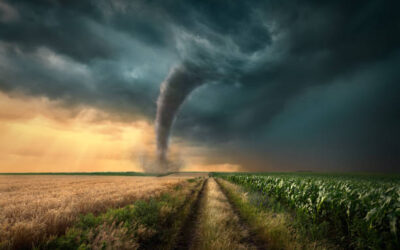

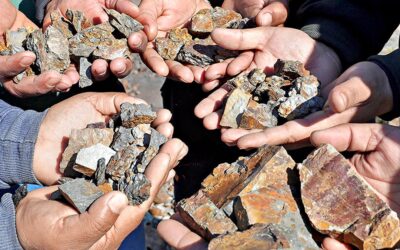
0 Comments